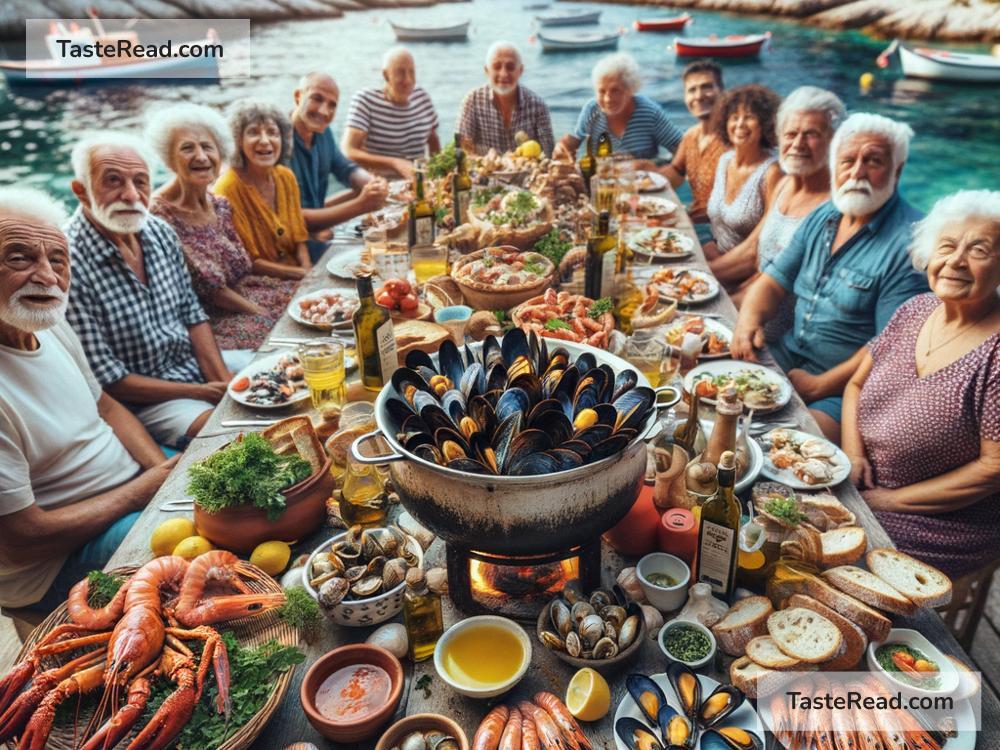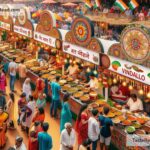Journeying Through Lively Mediterranean Seafood Boil Traditions in Croatia
Croatia is a gem on the Mediterranean Sea, attracting visitors with its crystal-clear waters, charming coastal towns, and delicious food. Among its many traditions, seafood boils shine as one of the most memorable and flavorful experiences. If you’re planning a trip to Croatia or simply want to learn about its culinary culture, join us as we dive into the lively traditions surrounding the Mediterranean seafood boil.
What Makes Croatian Seafood So Special?
Croatia boasts over 1,000 islands dotted along its coastline, making seafood an essential part of its cuisine. The Adriatic Sea, which borders Croatia, is abundant with fresh fish, shellfish, squid, octopus, and other treasures from the ocean. The country’s long fishing heritage guarantees that much of the seafood is sustainably caught, ensuring freshness and flavor.
Locals often describe their seafood dishes as “from the sea, to the plate.” This deep connection to the sea is evident in Croatian food culture, where simple cooking techniques are used to highlight the natural flavors of the ingredients.
Seafood Boil: A Local Tradition Full of Flavor
A seafood boil, known locally as brudet (or brodet), is one of Croatia’s most cherished recipes. This hearty seafood stew is cooked slowly in large pots and is perfect for sharing with family and friends. It’s more than just a dish—it’s a cultural experience.
Croatian seafood boils are surprisingly straightforward to make. Typically, the dish includes a mix of freshly caught fish, shellfish, and squid. The seafood is simmered in a tomato-based sauce infused with garlic, onions, olive oil, white wine, and aromatic herbs like parsley and bay leaves. Locals will often add a touch of vinegar or lemon juice for a bit of acidity. The ingredients are layered carefully to ensure that each piece of seafood cooks evenly, retaining its flavor and texture.
The result? A steaming pot of goodness that’s brimming with Mediterranean flavor. It’s traditionally served with slices of homemade bread or polenta, which are excellent for absorbing the rich, flavorful broth.
More Than Food: A Social Event
Seafood boils in Croatia are not just about eating—they’re about the joy of being together. These gatherings are typically held outdoors during summer when the weather is warm and inviting. Families and friends gather around the pot as the dish slowly cooks, enjoying conversation, laughter, and glasses of local Croatian wine while waiting for the meal to be ready.
The preparation and serving of the seafood boil often become a shared activity. Someone might be tasked with picking fresh herbs from the garden, while another stirs the pot or checks the seasoning. By the time the meal is ready, everyone feels like they’ve contributed, which makes the experience even more meaningful.
For tourists, being invited to partake in a seafood boil is a rare and incredible opportunity to immerse themselves in Croatian culture. It’s a chance to bond with locals, learn about their traditions, and taste the authentic flavors of the Adriatic.
Regional Varieties of Seafood Boil
Croatia’s diverse coastline means there are regional twists to the seafood boil. In Dalmatia, where the landscape is rugged and influenced by Venetian culture, the seafood boil often includes mussels, clams, and scampi. Tomatoes and olive oil are strong features of the dish, nodding to Italy’s shared love for Mediterranean flavors.
In Istria, a northern coastal region bordering Slovenia, seafood boils might feature smaller fish like sardines and anchovies, flavored with garlic and fresh basil. Istrians often pair their seafood dishes with homemade white wines from local vineyards, further elevating the experience.
Island communities also bring their own unique touch. On the island of Korčula, for example, locals sometimes add wild fennel and lemon zest to provide a fresh, aromatic twist.
Pairing Croatian Wine with Your Seafood Boil
Croatia’s wine industry is one of the oldest in Europe, and pairing a seafood boil with local wine is a must. Depending on the richness of the dish, whites like Pošip or Malvazija are classic choices. These crisp, fruity wines complement the zesty and herbal flavors of a seafood boil beautifully. For heartier versions that include richly flavored fish, a light red like Plavac Mali can work wonders.
Where Can You Experience This Tradition?
While seafood boils are often made at home for family gatherings, many seaside restaurants in Croatia offer their own spin on the dish. Head to places like Split, Dubrovnik, Rovinj, or the islands of Hvar and Brač for a chance to savor this traditional meal. Some restaurants cater specifically to tourists by hosting seafood boil nights where you can watch the preparation process and learn about the ingredients.
If you’re staying in a vacation rental and have access to a stove, consider visiting a local fish market and trying your hand at making your own seafood boil. Locals are usually happy to share tips and even recipes!
Final Thoughts
A journey through Croatia’s seafood boil traditions is more than exploring food—it’s a chance to connect with its rich cultural heritage and the people who have preserved it for generations. Whether you’re eating brudet on a sunny terrace overlooking the sea or catching up with locals at a fish market, you’ll leave Croatia with unforgettable memories and rich flavors lingering on your palate.
So, pack your bags, get ready for a feast, and discover the lively seafood boil traditions of Croatia. It’s an adventure that feeds your stomach and soul, all at once!


